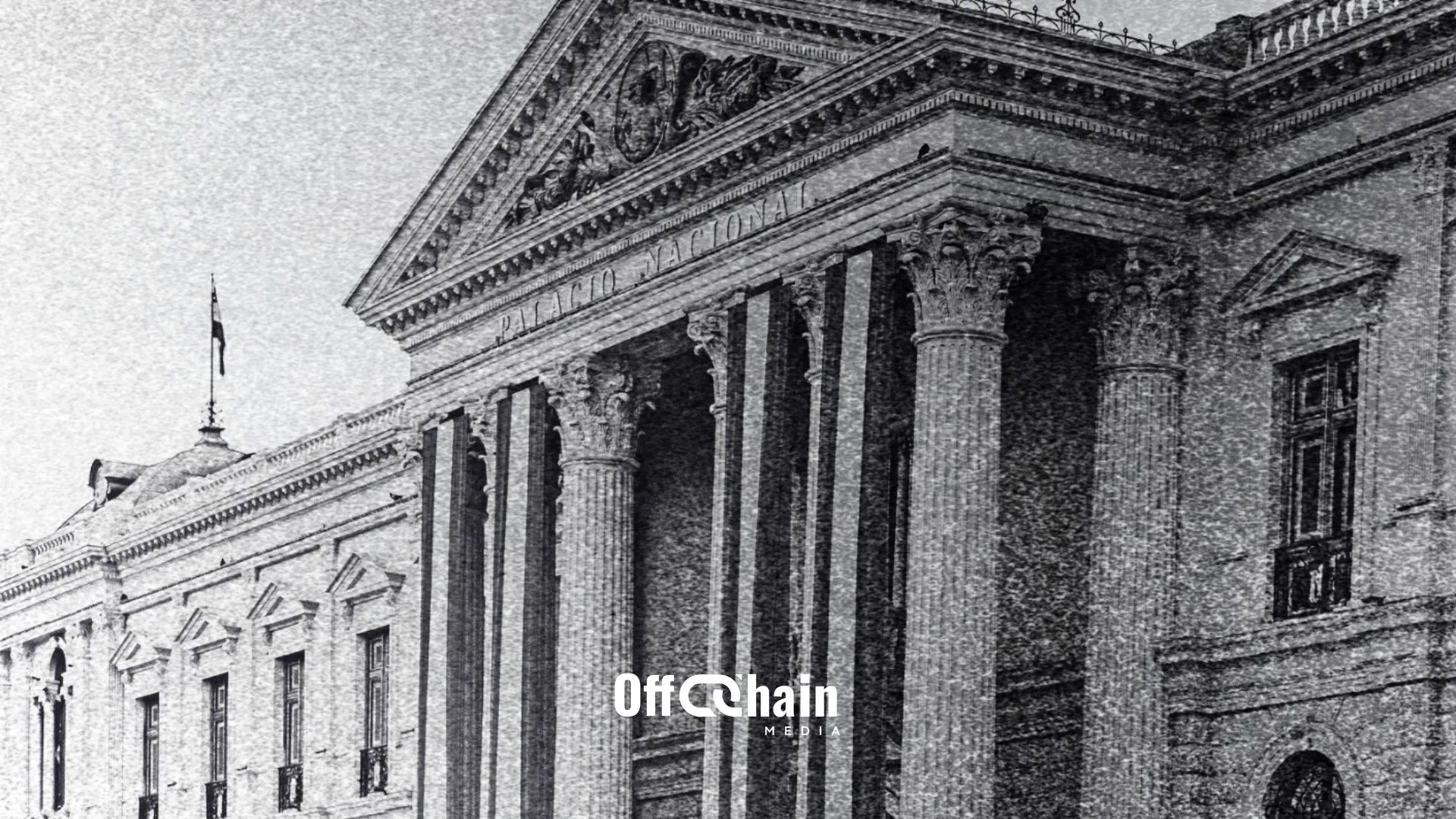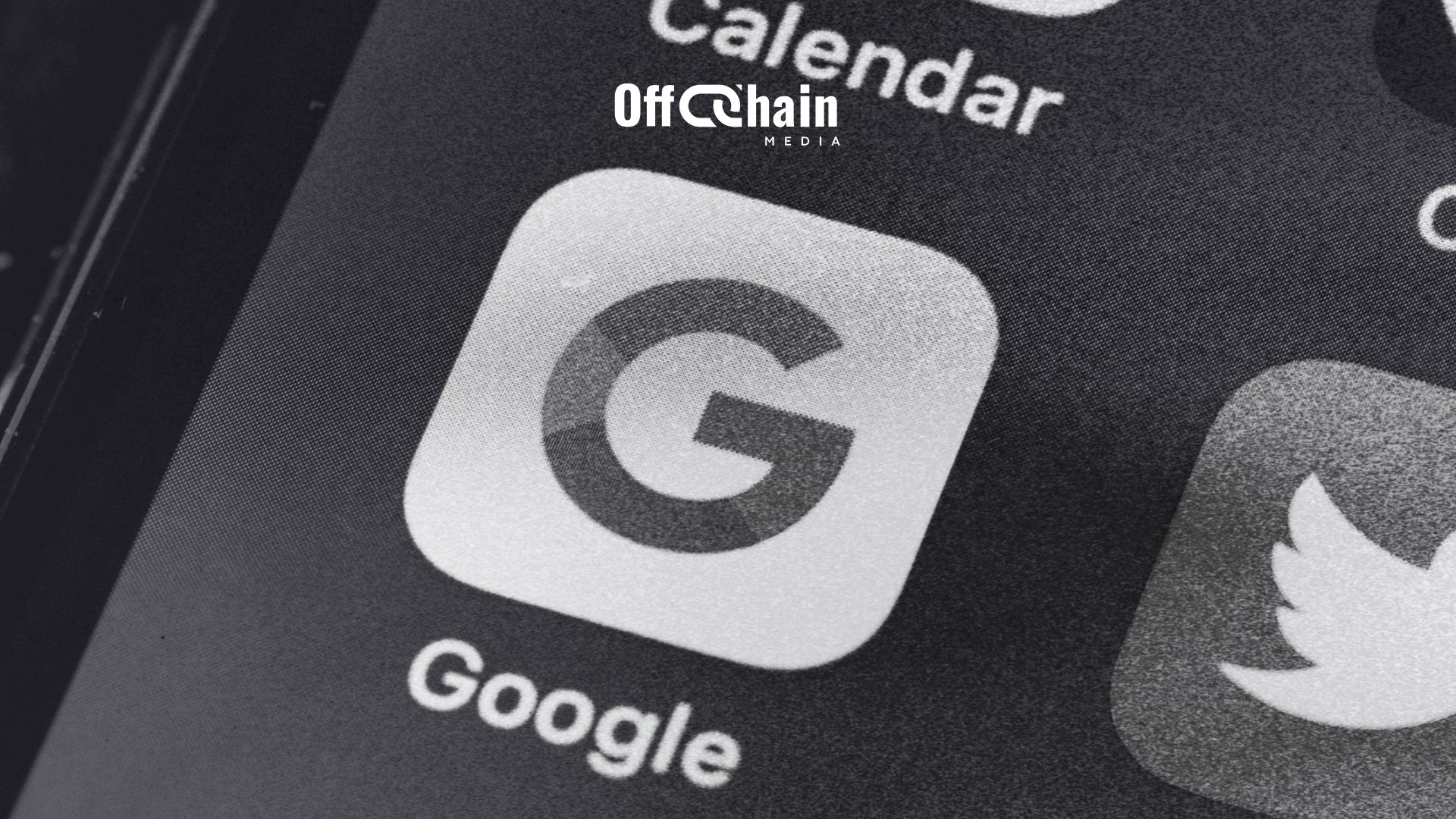El Salvador Opens Bitcoin Banks: How It Works and Why It Matters?

Bitcoin Banks Outside Central Bank Control
In September 2021, El Salvador made history by adopting Bitcoin as legal tender, quickly accumulating several thousand BTC. By the end of 2022, despite a bear market, President Bukele launched a daily purchase program, amassing more than 6,241 BTC.
However, in late 2024, an agreement with the International Monetary Fund (IMF), tied to a $3.5 billion loan, required halting Bitcoin purchases. While Bukele and the Bitcoin Office claim these acquisitions are ongoing, the IMF insists otherwise, arguing that the observed movements in government wallets are merely transfers between existing addresses.
Despite doubts over the Bitcoin Office’s transparency, the Salvadoran government appears unwilling to slow its Bitcoin adoption. This week, it announced the creation of Bitcoin banks.
In reality, this announcement marks the official start of promoting a type of institution studied since June 2024, when government members introduced a bill to create private investment banks able to operate in both Bitcoin and the US dollar.
According to the initial draft, these banks would be restricted to sophisticated investors, require a minimum capital of $50 million, and have at least two shareholders, whether local or foreign.
They could provide digital asset services (primarily in Bitcoin), work with international financial institutions, and would not be subject to the rule requiring 51% Central American ownership.
Here’s Why a Bitcoin Bank Changes Everything
A Bitcoin bank holding BTC in reserve would resemble the banking model of the gold standard era.
In practice, the institution would keep a certain amount of Bitcoin in full reserve. Client deposits would be represented by claims directly backed by these BTC, not by debt-based money creation.
Each unit held by a client would correspond to real Bitcoin in reserve, removing the risk of overissuance inherent in today’s fiat system, which often causes bank failures or forces central banks to intervene urgently.
Loans would come only from actual available funds, with no money creation out of thin air. This model would offer transparency and stability, with deposit value directly tied to a scarce, decentralized asset outside central bank control.
It would also bring back healthier banking practices, where bankers share risk with clients and any loss is final, without a “magic hand” to cover it.
In short, it would return to a monetary system backed by a tangible asset: Bitcoin.
Source: Bill draft




